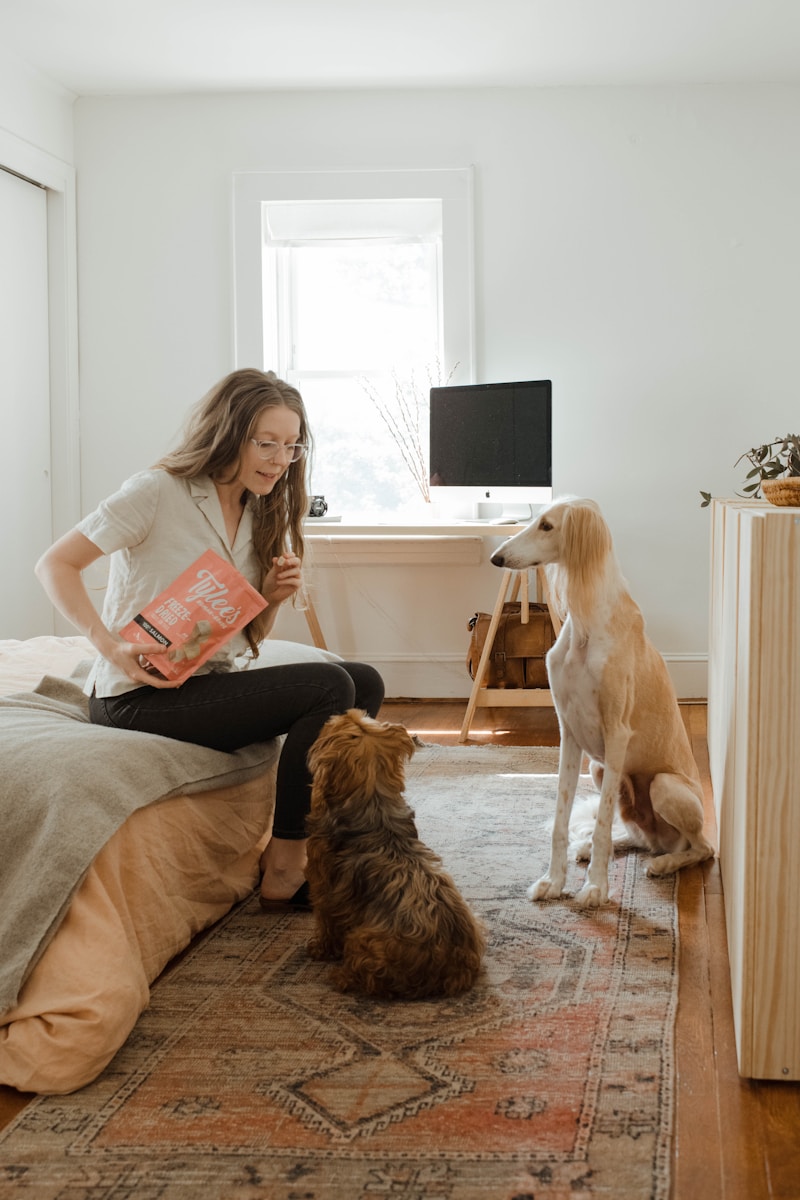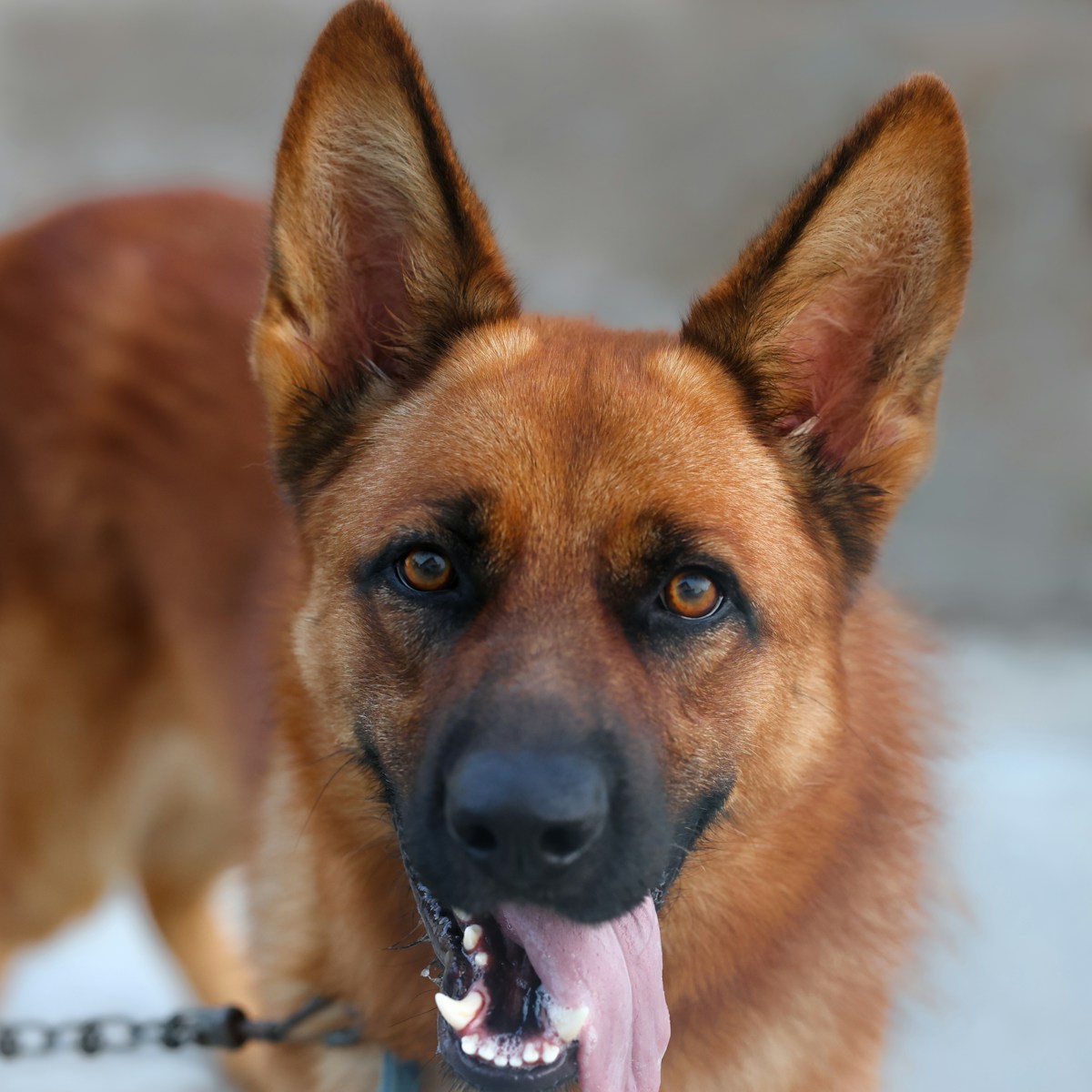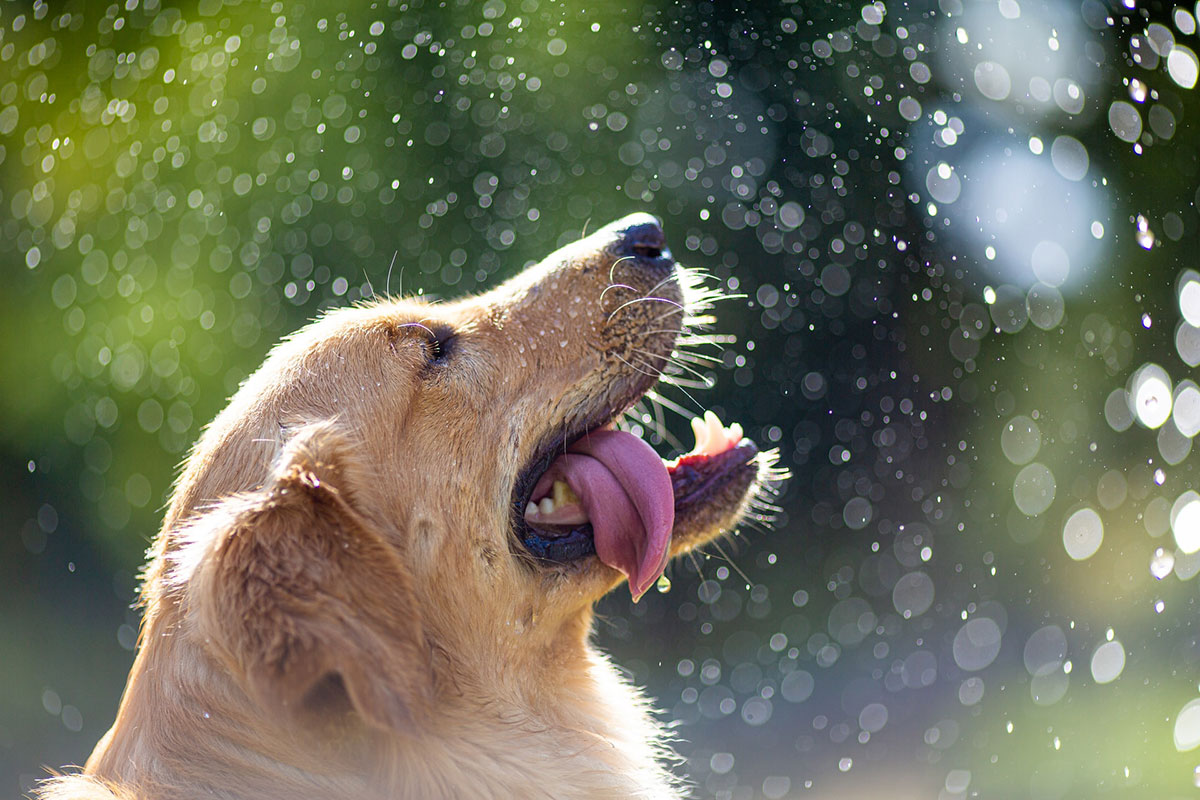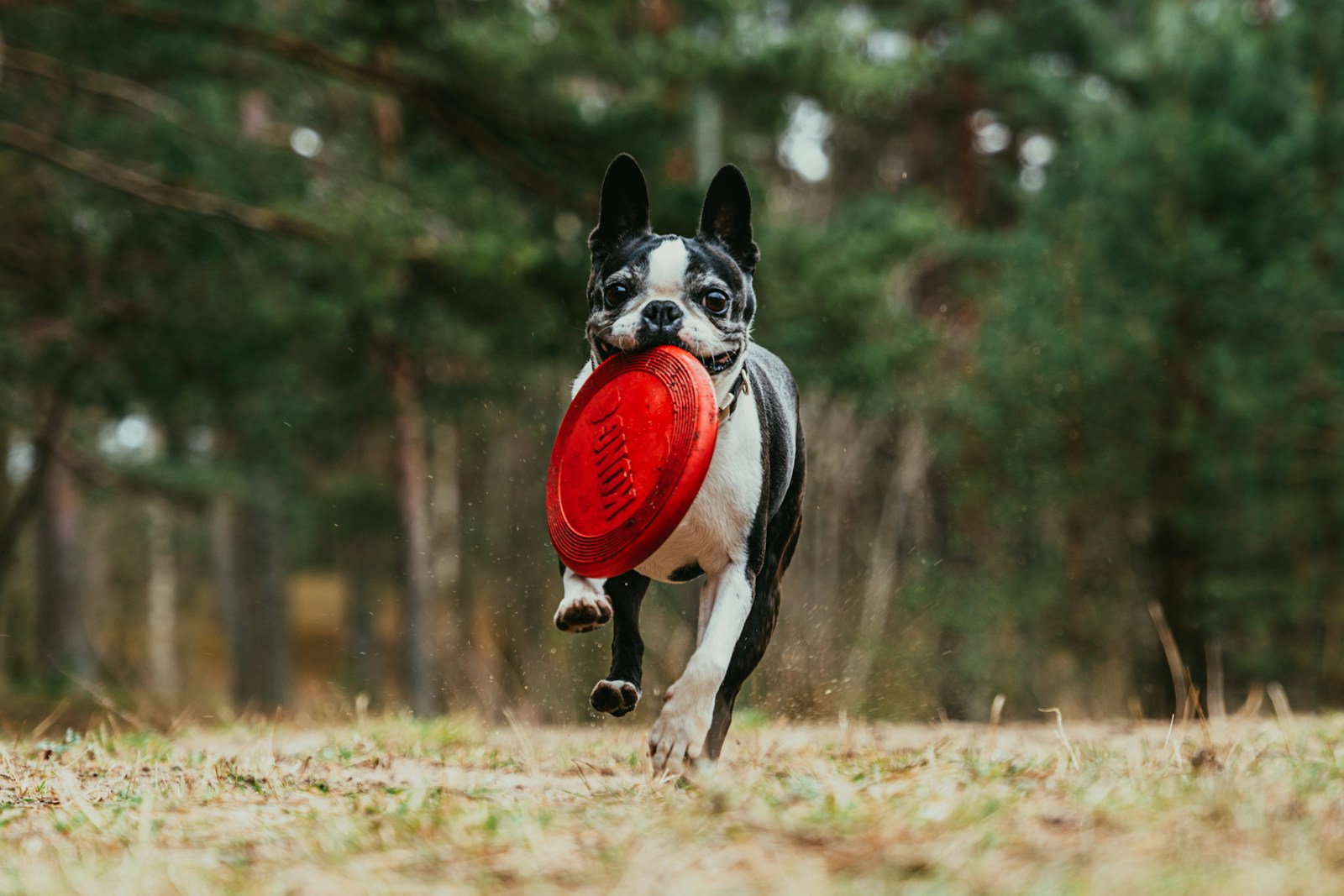Pet Training Basics: A Step-by-Step Guide to a Well-Behaved Companion 🐶🐱✨
Training your pet is one of the best investments you can make in their well-being. A well-trained pet is happier, safer, and easier to live with! Whether you’re teaching basic commands, potty training, or working on socialization, this guide will help you create a structured and positive training routine. Let’s get started! 🏡🐾
🏠 1. Start with Basic Commands
Teaching your pet simple commands lays the foundation for good behavior and safety.
Essential Commands:
✔️ Sit – Helps with impulse control and polite behavior. ✔️ Stay – Prevents bolting and keeps your pet safe. ✔️ Come – Essential for off-leash recall. ✔️ Leave It – Stops pets from picking up harmful objects. ✔️ Down – Encourages calm behavior in public spaces.
🐾 Short Story Example: When Emma adopted a playful Labrador, Max, he jumped on everyone who walked in. She started rewarding him for sitting instead of jumping. Within a few weeks, Max learned that sitting got him attention and treats, while jumping didn’t! Emma loved seeing Max’s progress and how much calmer he became when greeting guests. 🎾🐕
👉 Pro Tip: Use high-value treats (like chicken or cheese) for difficult commands.
🚽 2. Potty Training: Setting Your Pet Up for Success
House training is one of the first skills your pet needs to learn, and consistency is key.
Potty Training Tips:
✔️ Take your pet outside frequently—after waking up, eating, and playing. ✔️ Reward immediately after they go in the right spot. ✔️ Use a consistent potty spot to reinforce the habit. ✔️ Supervise indoors and redirect accidents calmly (never punish!).
🐾 Short Story Example: Jake’s new puppy, Bella, had accidents inside at first. He started taking her out every two hours, praising her when she went outside. After just a few weeks, Bella learned where to go and accidents stopped! Jake felt relieved knowing Bella was on the right track and enjoyed their growing bond. 🏡🐶
👉 Pro Tip: Crate training can help with potty training by teaching bladder control.
🐾 3. Socialization: Helping Your Pet Feel Confident
Introducing your pet to new experiences helps prevent fear and anxiety.
Best Ways to Socialize Your Pet:
✔️ Expose them to different people, sounds, and environments early on. ✔️ Arrange playdates with friendly pets to encourage good interactions. ✔️ Take them on leash walks in different places to build confidence. ✔️ Reward calm behavior when meeting new animals or people.
🐾 Short Story Example: When Mia adopted a rescue dog, Toby, he was scared of strangers. She started taking him on slow, positive outings and rewarding him for calm behavior. Over time, Toby became more confident and social! Mia was thrilled to see Toby wagging his tail around new people instead of hiding. 🐕❤️
👉 Pro Tip: Socialization is most effective before 16 weeks, but older pets can still learn!
🎾 4. Preventing Unwanted Behaviors
Bad habits can develop if not addressed early. Redirecting behavior positively is key!
How to Correct Bad Behavior:
✔️ Chewing: Provide appropriate chew toys instead of household items. ✔️ Barking: Identify the cause (boredom, fear, excitement) and train accordingly. ✔️ Jumping: Teach an alternative behavior, like sitting, to greet people. ✔️ Digging: Provide a designated digging area or engage in more exercise.
🐾 Short Story Example: Lucy’s beagle, Charlie, chewed on shoes constantly. Instead of scolding, she redirected him to a chew toy every time. Now, Charlie chooses his toy over shoes—problem solved! Lucy couldn’t believe how simple the fix was once she understood Charlie’s needs. 🦴🐶
👉 Pro Tip:Mental stimulation (like puzzle toys) can reduce destructive behaviors caused by boredom.
🏆 5. Using Positive Reinforcement
Positive reinforcement is the most effective training method and builds a trusting bond with your pet.
How to Reward Good Behavior:
✔️ Use treats, praise, or toys to reinforce positive actions. ✔️ Reward immediately so your pet connects the action with the reward. ✔️ Be consistent—reward every time until the behavior becomes a habit. ✔️ Avoid punishment, as it can create fear and confusion.
🐾 Short Story Example: Oliver’s cat, Whiskers, never used his scratching post—until Oliver started giving him treats every time he scratched it instead of the couch. Now, Whiskers only uses his scratching post! Oliver was relieved his furniture was safe, and Whiskers was happily entertained. 🐱💛
👉 Pro Tip: Gradually reduce treat frequency once your pet masters a command.
🎯 Final Thoughts: Training Builds a Lifelong Bond 🐾❤️
Training is about more than just obedience—it’s about creating a trusting relationship with your pet. With patience, consistency, and positive reinforcement, your furry friend will learn, grow, and thrive! 🏡🐶🐱
💡 Best Quick Fix: Be consistent with commands and rewards. 💡 Best Behavior Tip: Redirect unwanted behavior instead of punishing. 💡 Best Training Hack: Short, fun training sessions work better than long ones!
By dedicating time to training, you’ll enjoy a well-behaved and happy pet for years to come! 🐾🐶🐱💛





